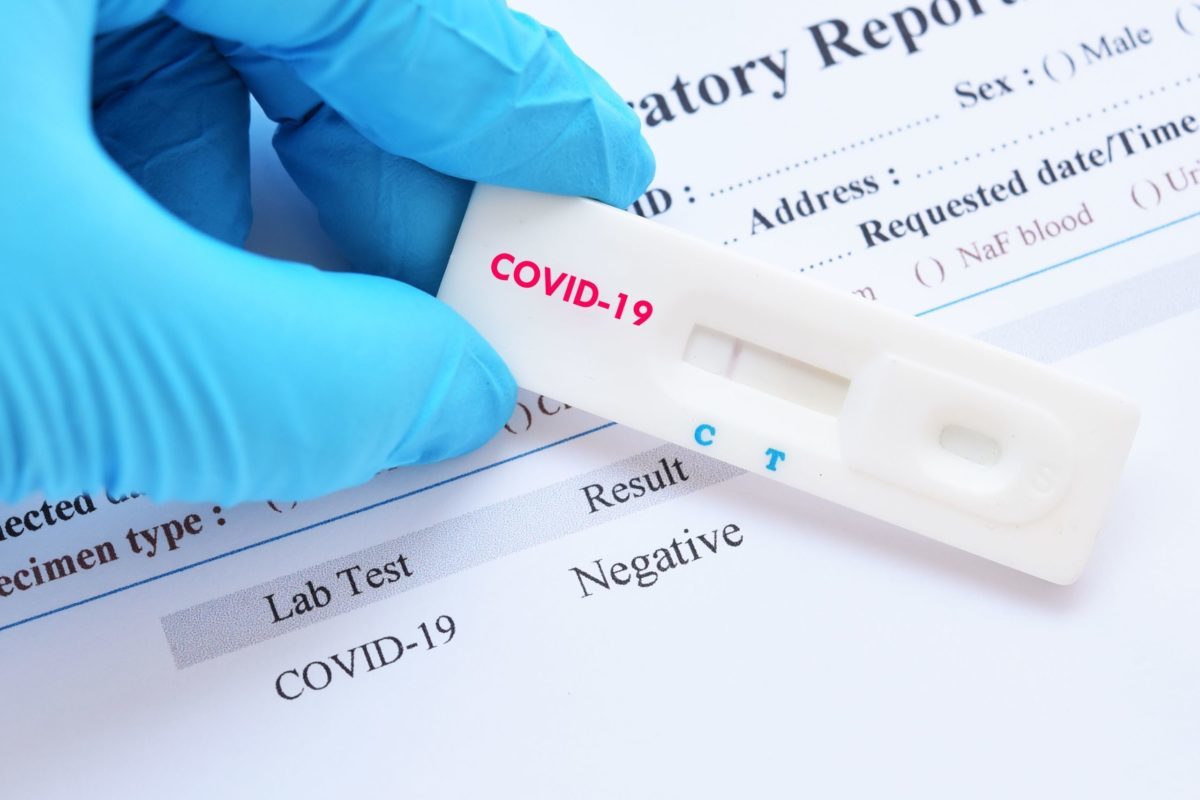How Long COVID Is Forcing a Reckoning with the Neglect of Post-Infectious Chronic Illnesses
COVID Long Haulers and patient advocates for the chronically ill are forcing an unprecedented recognition for these chronic complex diseases.

By Amanda C. Pustilnik, Professor of Law, University of Maryland Carey School of Law; Faculty Member, Center for Law, Brain & Behavior, Massachusetts General Hospital What should the future look like for brain-based pain measurement in the law? This is the question tackled by our concluding three contributors: Diane Hoffmann, Henry (“Hank”) T. Greely, and…
By Henry T. Greely, Edelman Johnson Professor of Law, Stanford Law School; Professor (by courtesy) of Genetics, Stanford Medical School; Director, Program in Neuroscience & Society, Stanford University The recent meeting at Harvard on neuroimaging, pain, and the law demonstrated powerfully that the offering of neuroimaging as evidence of pain, in court and in administrative…
By Frank Pasquale, Professor of Law, University of Maryland Carey School of Law Many thanks to Amanda for the opportunity to post as a guest in this symposium. I was thinking more about neuroethics half a decade ago, and my scholarly agenda has, since then, focused mainly on algorithms, automation, and health IT. But there…
By Diane Hoffmann, Director, Law & Health Care Program; Professor of Law; University of Maryland School of Law As someone who has been greatly concerned about and devoted much of my scholarship to legal obstacles to the treatment of pain, I applaud Professor Pustilnik for increasing attention to the role of neuroimaging in our efforts…
By David Seminowicz, Principal Investigator, Seminowicz Pain Imaging Lab, Department of Neural and Pain Sciences, University of Maryland A potential difficulty, but also an opportunity, relating to using neuroimaging evidence in legal cases arises from the difficulty brain researchers have in separating emotional and physical pain. We know that pain and emotion are tightly linked….
By Martha Farah, Director, University of Pennsylvania Center for Neuroscience & Society Neurolaw includes some fascinating issues that lack any practical legal significance – for example whether we should consider anyone responsible for anything they do, given that all behavior is physically caused by brain processes. It also includes some legally important issues that lack…
By Karen Davis The prevalence of chronic pain is staggering. The Institute of Medicine reported in 2011 that 100 million Americans suffer from chronic pain – more than those with heart disease, cancer and diabetes combined. The report also highlights that the annual costs for medical care, lost wages and productivity is more than $600B. …
By Amanda C. Pustilnik This week, the Petrie-Flom Center of Harvard Law School and the Center for Law, Brain & Behavior (CLBB) at Massachusetts General Hospital are hosting a series of posts on how brain imaging can help the law address issues of physical and emotional pain. Our contributors are world leaders in their fields,…